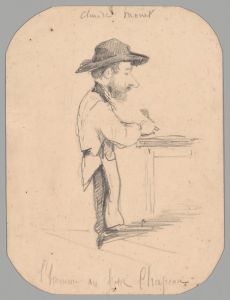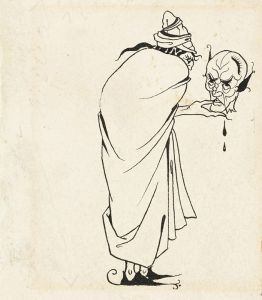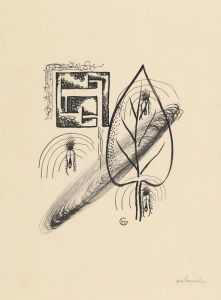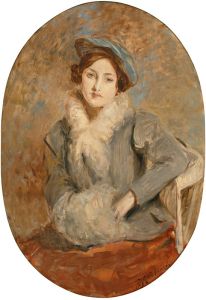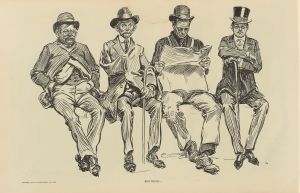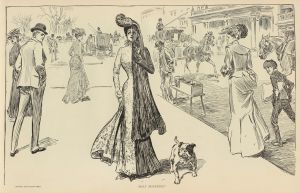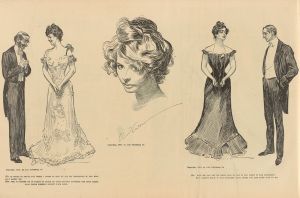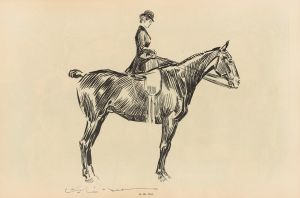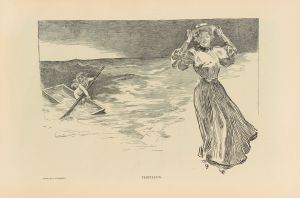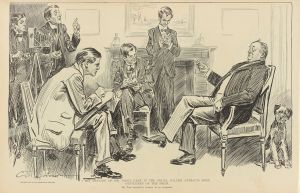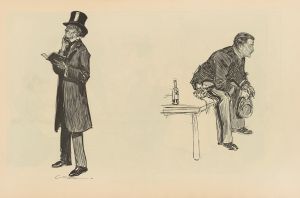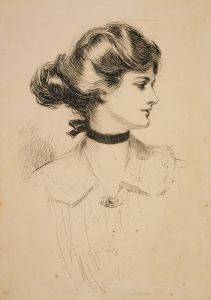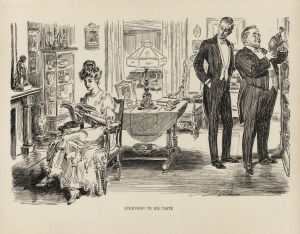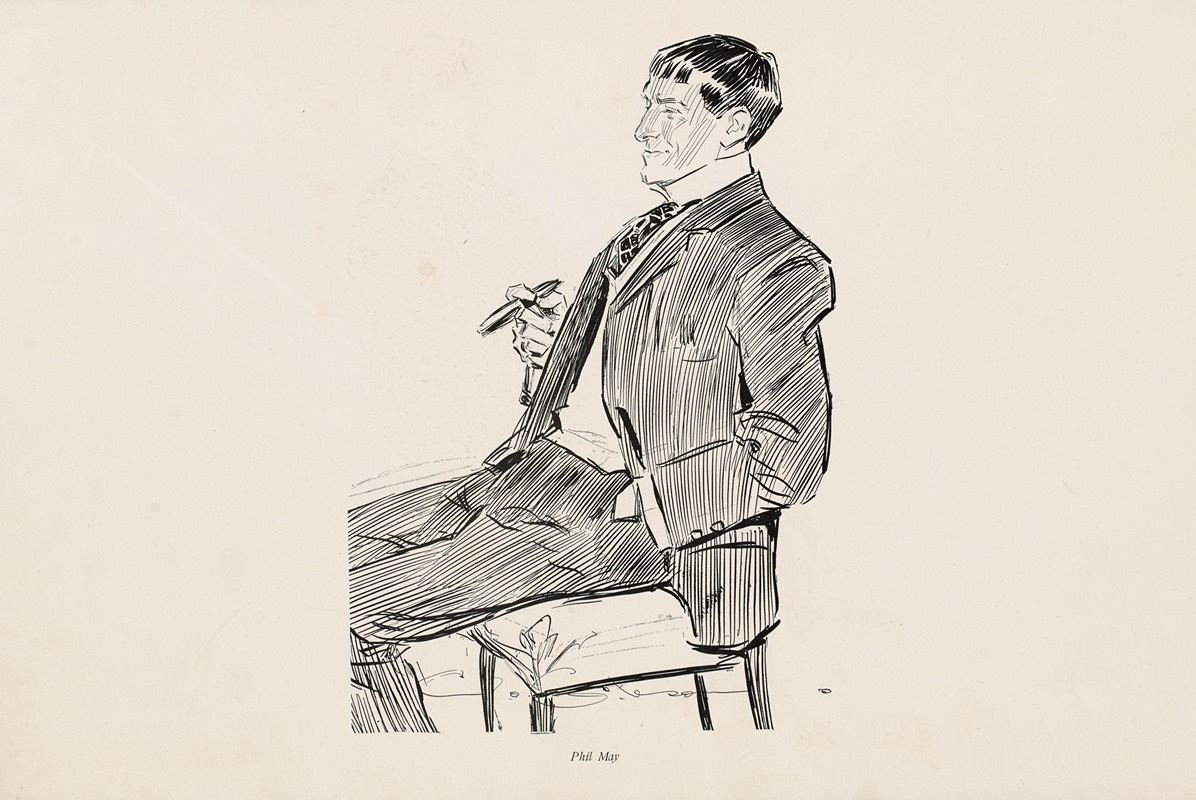
Phil May
A hand-painted replica of Charles Dana Gibson’s masterpiece Phil May, meticulously crafted by professional artists to capture the true essence of the original. Each piece is created with museum-quality canvas and rare mineral pigments, carefully painted by experienced artists with delicate brushstrokes and rich, layered colors to perfectly recreate the texture of the original artwork. Unlike machine-printed reproductions, this hand-painted version brings the painting to life, infused with the artist’s emotions and skill in every stroke. Whether for personal collection or home decoration, it instantly elevates the artistic atmosphere of any space.
Charles Dana Gibson, an American illustrator renowned for his iconic "Gibson Girl" drawings, created a portrait titled Phil May. This artwork depicts Phil May, a celebrated English caricaturist and illustrator of the late 19th century. May was widely recognized for his contributions to publications such as Punch and The Graphic, where his sharp wit and economical line work earned him a prominent place in the world of illustration.
Gibson's portrait of May is a testament to the mutual respect and admiration shared among artists of the period. While Gibson and May worked in different countries and cultural contexts, both were pioneers in the field of illustration, emphasizing the power of simplicity and expressive line work. Gibson's rendering of May captures the essence of his subject with a characteristic elegance, showcasing his skill in portraiture and his ability to convey personality through minimalistic yet precise strokes.
The exact date of the creation of Phil May by Charles Dana Gibson is not definitively documented, but it is believed to have been produced during the late 19th or early 20th century, a time when both artists were at the height of their careers. The portrait is often cited as an example of Gibson's ability to honor his contemporaries while maintaining his distinctive artistic style.
As of now, detailed information about the specific medium or current location of this artwork is not readily available. However, the piece remains significant as a representation of the interconnectedness of the artistic communities in the United States and the United Kingdom during this era. It also highlights the influence of Phil May's work on his peers, including Gibson, who admired May's innovative approach to illustration.
This artwork serves as a historical bridge between two influential figures in the world of illustration, celebrating their contributions to visual art and their shared commitment to advancing the medium.






